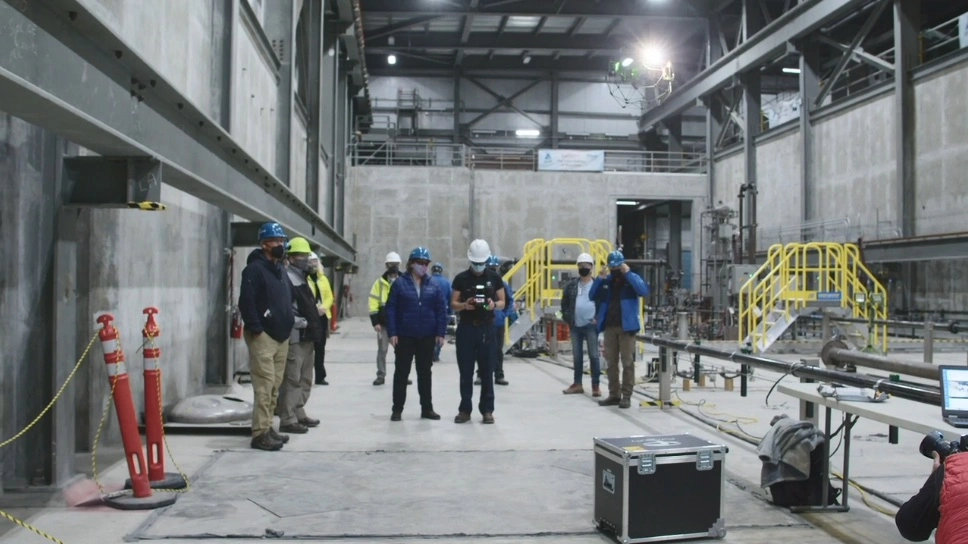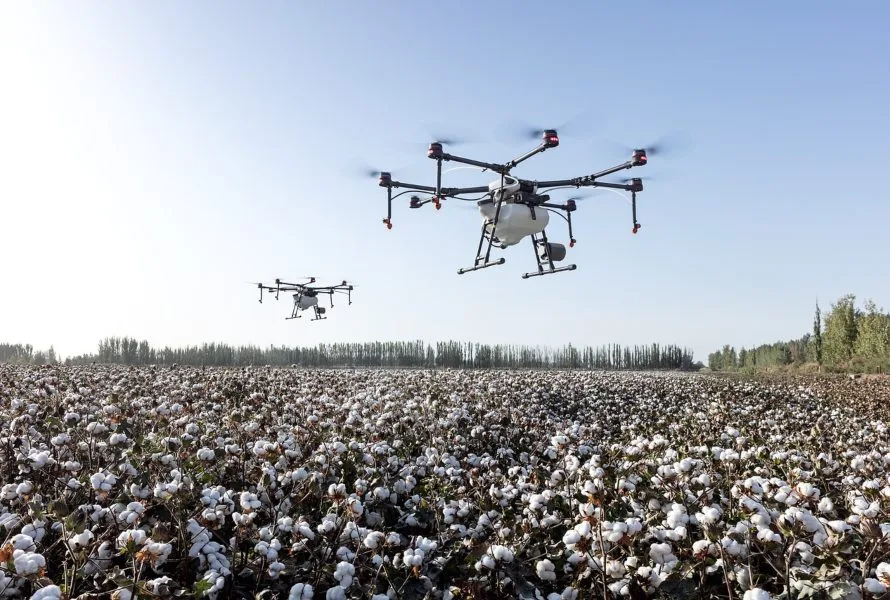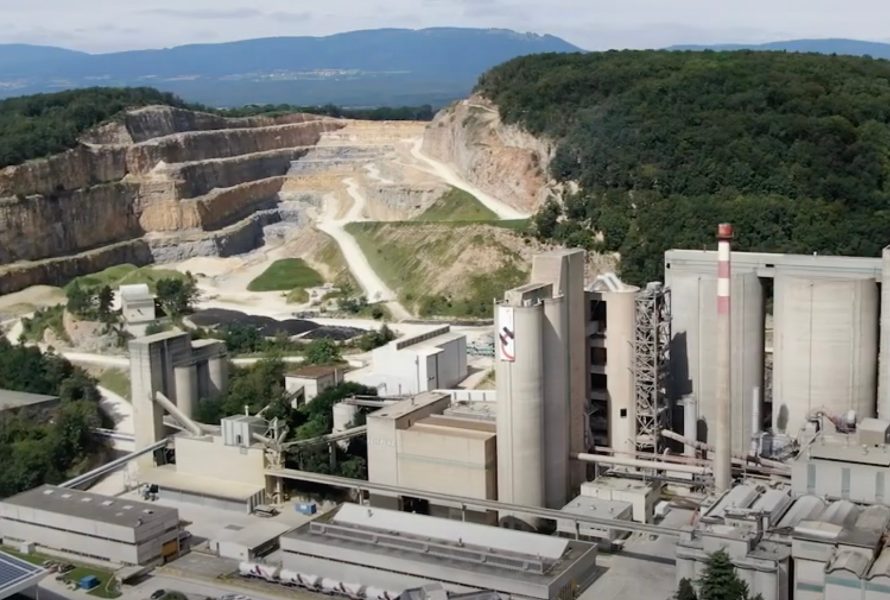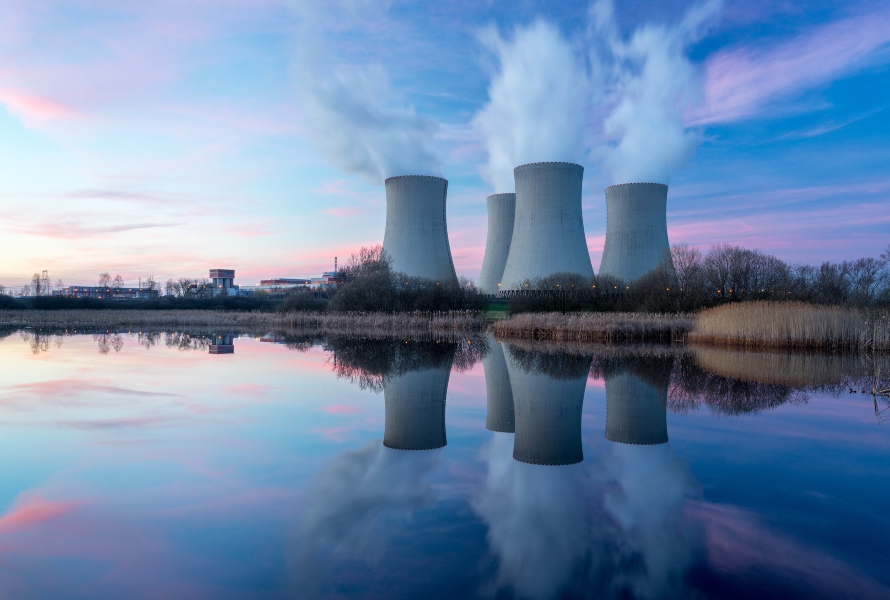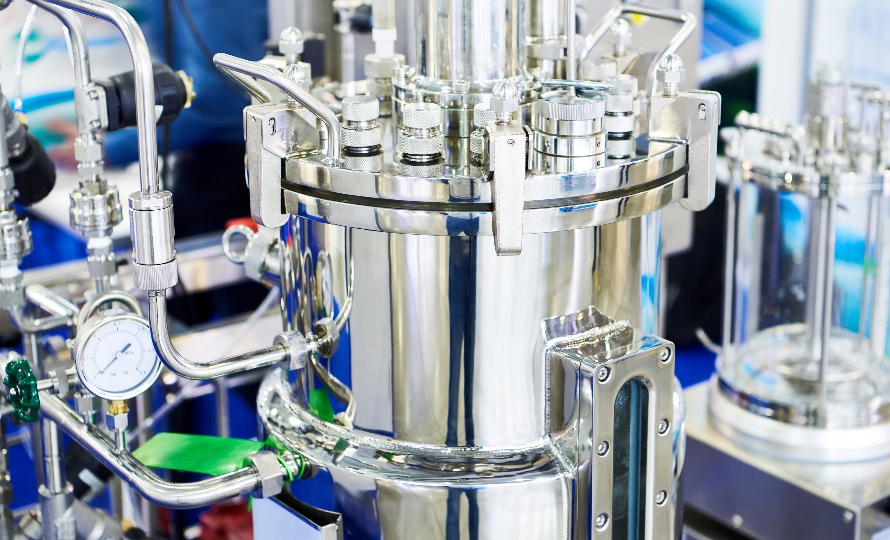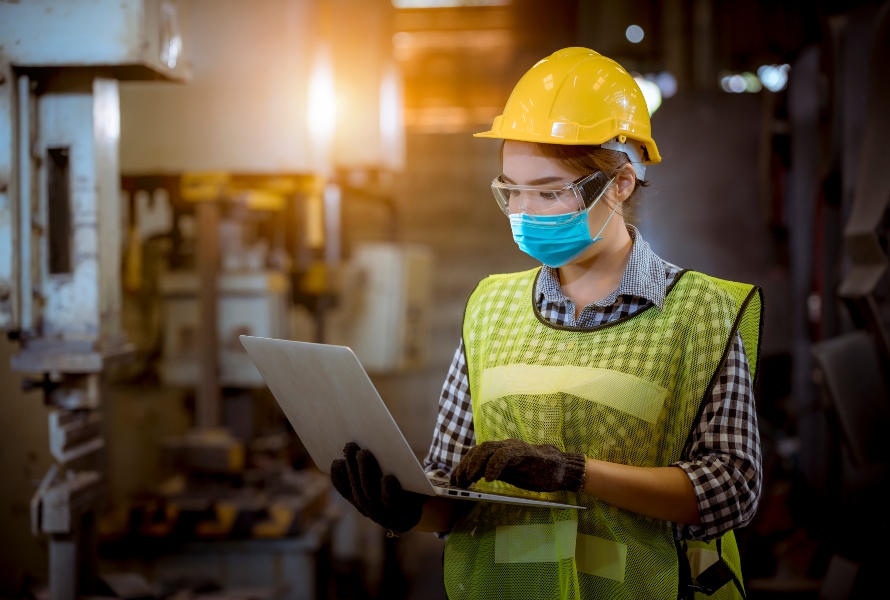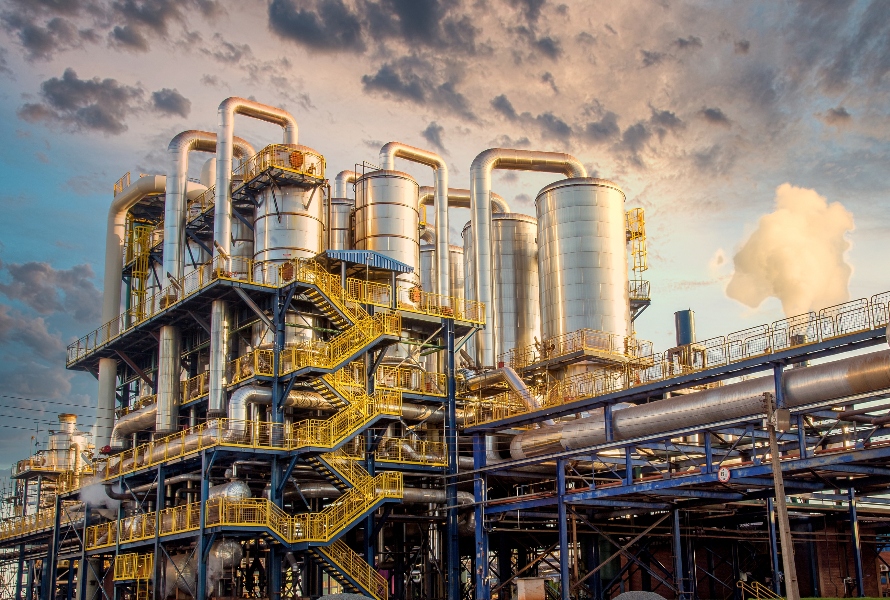- Blog >
- Which Elios 3 LiDAR payload is right for you? The Standard...
On October 11th, 2023, Flyability announced a brand new Surveying Payload for our flagship Elios 3 drone that brings flying mobile scanning to a whole new level. The new payload comes in a bundle with the Elios 3 drone, the Ouster OS0-128 Rev 7 LiDAR, and a FARO Connect software license. This article will give you an overview of the new payload’s specifications, and how they affect the Elios 3’s capabilities in surveying. We will also explain how to determine which LiDAR option between the standard and surveying package is best for you.
Drone-based LiDAR: the Elios 3
One of the many things that makes the Elios 3 unique is the fact that it carries a LiDAR sensor. It is the only cage drone in the world to do so, and this empowers workflows in a wide range of scenarios, including confined space inspections, hard-to-access area scans, and 3D surveys.
The role of the LiDAR on Elios 3 has 3 purposes. The first one is stability. The LiDAR is used in complement to the VIO cameras to sense the drone’s movements and compensate for it. This is particularly helpful in extremely dusty environments where visual information is not reliable.
The second one is situational awareness. Whether during data capture through the live map built into the Cockpit app or during post-processing in Inspector, having an up-to-date map of your asset readily available gives another dimension to your inspection work. You can easily understand where the drone is in your asset, helping you navigate to the desired location and return safely to your take-off point. Every point of interest you capture during flight is immediately localized in a 3D model of your asset, helping you connect visual data and a point’s location when back in the office.
The third one is surveying. The Elios 3 uses LiDAR for data collection which is then processed with a powerful SLAM algorithm to create highly accurate and dense point clouds. These point clouds can be used to take measurements, calculate volumes, and analyze an environment in detail.
The Surveying Payload for the Elios 3
With the new payload, the Elios 3’s LiDAR sensor is being upgraded to an Ouster OS0-128 Rev 7 (compared to the standard Elios 3 configuration which features an Ouster OS0-32 Rev 6.2).
The new sensor has greater capabilities than its predecessor and when combined with the robustness of FARO Connect SLAM algorithm it improves Elios 3 surveying capability on all fronts. The changes with the new payload include:
- Greater accuracy: The overall accuracy of the new surveying payload is five to ten times better (up to only 0.1% drift in structured environments) than the one of the standard configurations. This means that models produced by the solution are more true to reality and can serve more demanding applications where centimeter accuracy is required. Results from subsequent testing with the Rev 7 show a clear reduction in drift particularly in the z-axis, with volumetric calculations accurate to within 1% of terrestrial laser scanners.
Almost 5 times more accurate in the z-axis: This z-axis drift factor section shows an improvement in the z-axis going from 3.2% with the standard LiDAR configuration to 0.7% with the Surveying Payload
- Increased mapping efficiency: The new sensor has twice as much range (up to 100m) and a point density that is 4 times higher (1.3M pt/sec) than the standard LiDAR configuration. This means users can scan the same volume in a fraction of the time while following simpler flight trajectories. Projects that previously required multiple flights to scan an entire area can now complete data collection in just one pass. Users can now expect to map around twice as much space in the same amount of time.
Twice as much coverage: Side-by-side flights show twice as much coverage with the Surveying Payload
- A whole new level of point cloud quality: The precision of the new LiDAR is 1.5 times better (+/-12mm) than the standard LiDAR configuration and its photon sensitivity is 10 times better. This has a direct impact on the quality and the readability of point clouds. As a result, geometric shapes have sharper definition while the colorization, affected by real-world reflectiveness, is more true to reality. This in turn provides more overall definition to the final point cloud. Overall, the new surveying payload produces clearer, more detailed point clouds.
Comparison: The first point cloud is created using the Elios 3 and Flyaware, whereas the clearer, second point cloud is from the Elios 3 Surveying Payload and FARO Connect - Improved robustness in symmetrical environments: LiDAR sensors can struggle to identify points in symmetrical settings, such as pipes or wastewater tunnels, due to the lack of geometrical variation. However, the new Rev 7 has greater tolerance for these sites, and as a result, creates better point clouds for projects inside symmetrical structures. The overall accuracy of point clouds of symmetrical environments depends on various factors such as the size and amount of curvature (deviation) in the area but the precision and quality of symmetrical environment point clouds remain unchanged.
This LiDAR scan with the new payload covers a narrow passageway with pipes running all the way along. Get more information from our accuracy report comparing the standard and Surveying LiDAR configurations
- Streamlined processing: In partnership with FARO, the new Surveying Payload comes with a software license for FARO Connect as well as reflective targets. The FARO Connect software allows for the automatic creation of clean, georeferenced point clouds thanks to reflective targets. The other features include data alignment for combining multiple point clouds, filtering, and simplified export options.
With the combination of these factors, the Elios 3’s new Surveying Payload is perfectly suited for professional surveyors who strive for highly accurate data even in challenging environments, from underground mines or pipes to confined spaces and complex assets.
The summary of results can be seen in this table:

Which LiDAR payload is best for you?
The two different sensors present a choice for users of the Elios 3 - which one is best suited for them? It depends on the aims and environment of your project.
Choose the standard configuration (Ouster OS0-32 Rev 6.2) if……
Your work revolves around close-up visual inspections of industrial assets. If you essentially want to use LiDAR to help you localize defects and navigate complex space, then the standard LiDAR configuration provides sufficient precision and accuracy to serve your needs.
Choose the surveying configuration (Ouster OS0-128 Rev 7 with FARO Connect) if….
You are pursuing centimeter-level accuracy to make important decisions based on geospatial analysis. Typically, your work involves surveying sewer pipes or caves in underground mines, where the terrain may be challenging or you need to survey beyond safe human access. It can also be used to detect physical variations with an order of magnitude of around 1 cm (0.39 inches). This sensor will provide minimal error and comes with software designed to handle its datasets, streamlining your workflows and training to get you started quickly.
To help answer the question of which payload to choose, there are several questions you can answer: what deliverables do you need? Are you looking for a highly accurate 3D model, or simply to gain situational awareness and localize visual data in a 3D model? If it’s the first, you should go for the Surveying payload. If it’s the second option, then the standard LiDAR configuration will support your work exactly as needed.
Still wondering which payload is right for you?
If you have any questions or if you would like to get more information on the capabilities of the Elios 3 Surveying Payload, get in touch with our team! We can advise your choice and help you select the best option for your specific needs.




